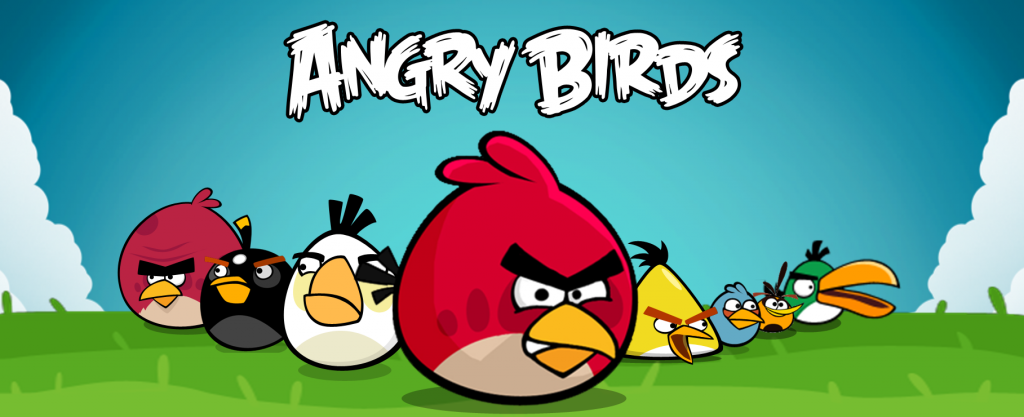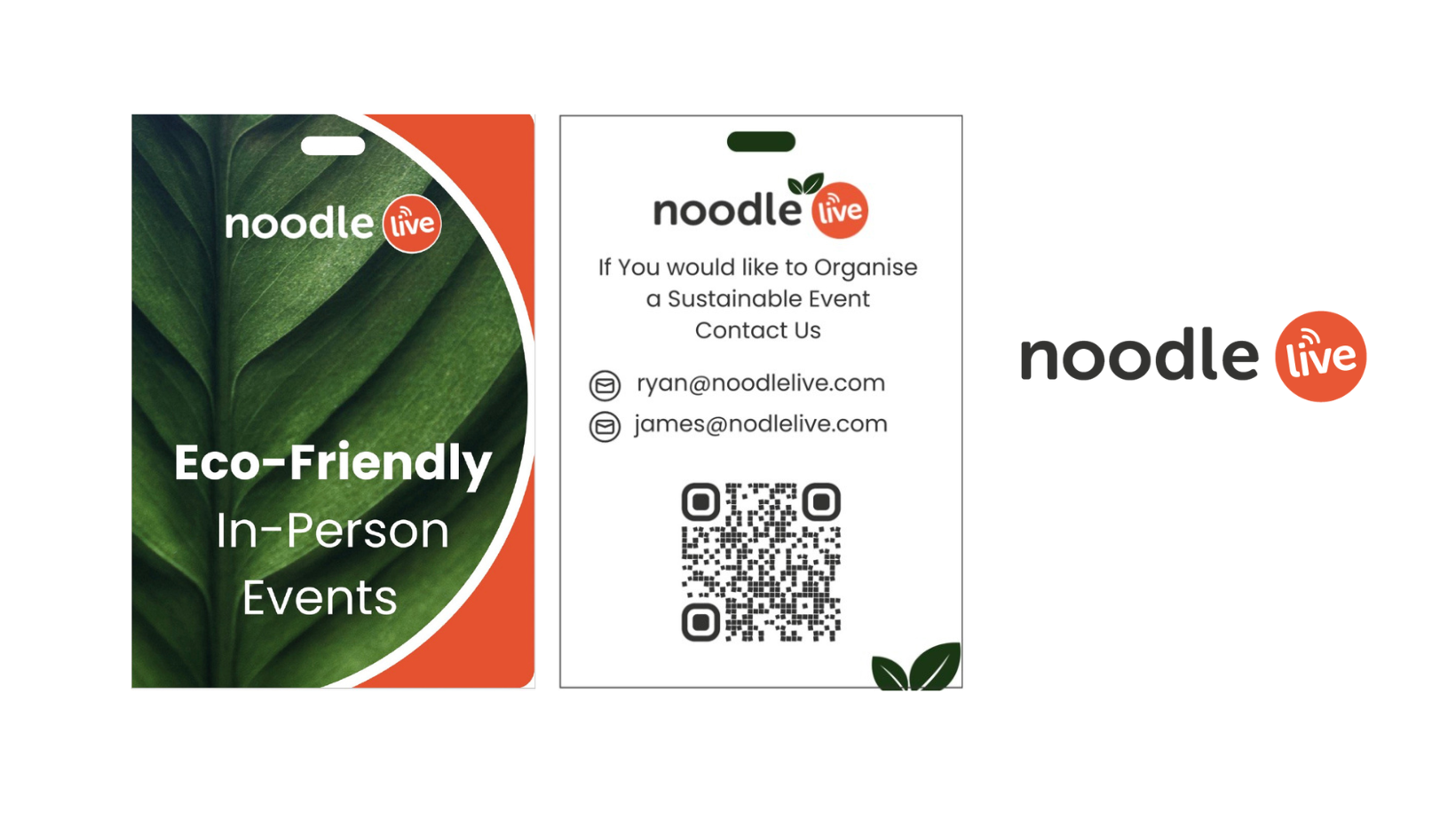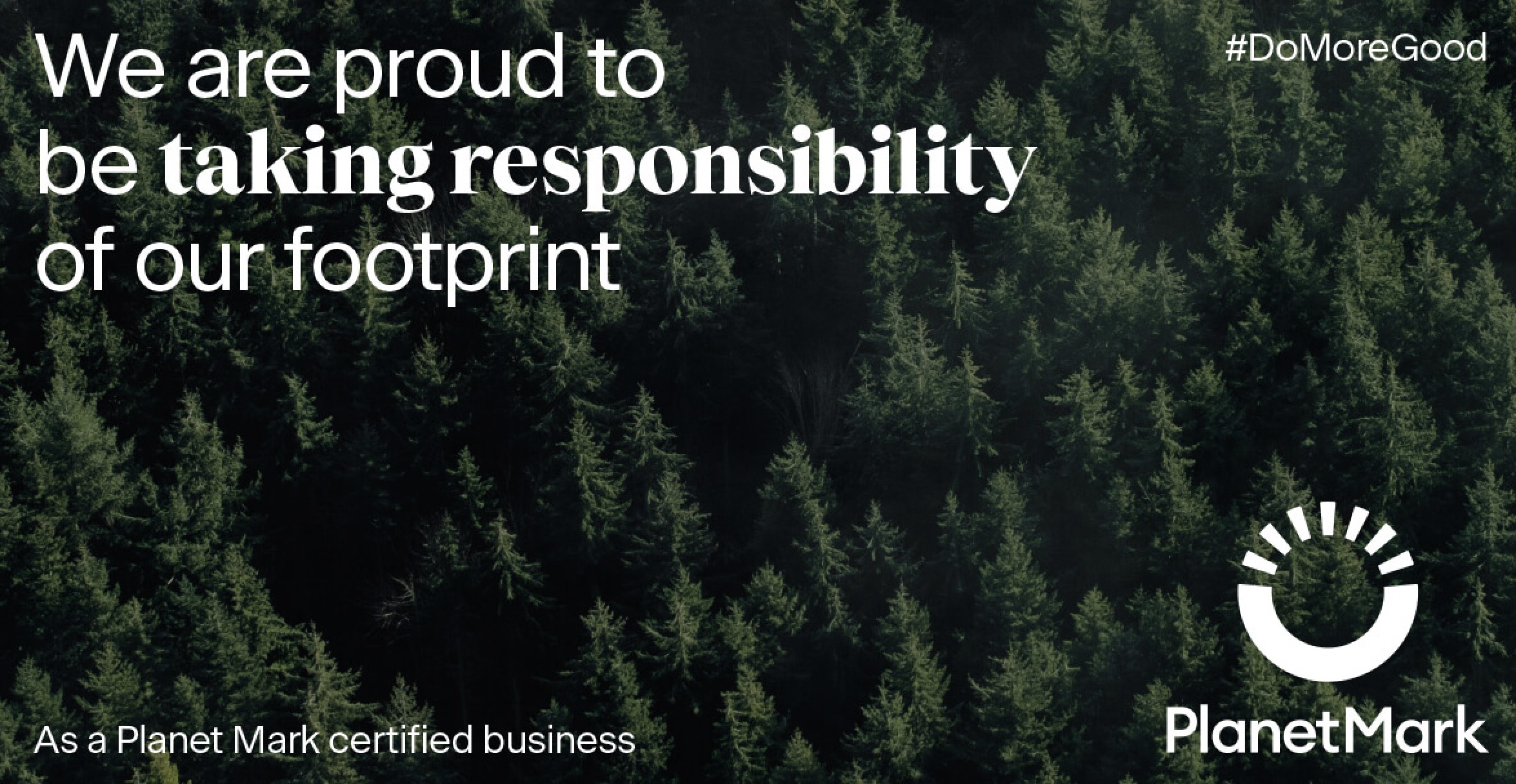What exactly is a native app, what is a web app and what on earth is a hybrid app? Most importantly, what’s the difference? If these terms have been whooshing over your head, this handy mini-guide should help to make things much clearer.
Native App
Apps come in all shapes and sizes. There are apps for games, like Angry Birds, apps that help you organise your life, like Trello, and apps for social networking, like Twitter or Facebook.
Angry Birds started life as a native app for the iPhone
A native app is one which is developed specifically for a certain operating system. Apple’s mobile operating system is called iOS, and Google’s is called Android. iOS is only available through Apple devices, like iPhones and iPads, whilst Android is the operating system for many different types of phones including the HTC One, Samsung Galaxy S4 and Google Nexus 4.
So, for example, if you have an iPhone and you buy Temple Run or Words with Friends through the app store to play on your phone, that is a native app. Similarly if you have an Android device you’ll download your apps from Google Play or an alternative like Amazon Appstore for Android or GetJar. Users now spend up to 80% of their online smartphone time within apps, a huge increase compared to just a couple of years ago.
There are two main benefits to native apps over web apps. The first is about familiarity – the majority of smartphone users are now comfortable with the concept of searching for, purchasing and downloading apps via their app store. They trust the “gatekeeper” (i.e Apple, who administrates the app store) to provide them with useful, trustworthy, working apps that do what they say they will do without breaking their phone or stealing their information. When you say “app” to a regular user, this store-driven experience is what comes immediately to mind.
The second is that you are able to deliver a much more in-depth, dynamic, user-friendly experience with a native app. If you are trying to build a complex app that requires lots of input from the user, choosing a native app will give you greater control over the functionality and features.
The disadvantage is that there is a significant cost associated with developing apps for multiple platforms. Not only that, individual operating systems can undergo significant changes which can make your app appear dated. For example, Apple recently launched the beta version of iOS 7, paving the way for some major changes to the operating system as we know it.
Web App
A web app can be accessed by any device which has access to the Internet via that device’s web browser. It’s a build once, use anywhere approach that suits anyone trying to reach a large number of people on a smaller budget or where their users are trying to access their app across a broad range of devices, not just mobile. Noodle Live, our market leading event app, is a web app for this very reason – we want people to be able to collect, store and share content seamlessly across all of their devices with continuity of experience.
A web app can be used on a desktop, a tablet, or any type of mobile device. Unlike native apps, which are device specific, web app are device agnostic. Web applications are popular due to the ubiquity of web browsers, and the convenience of using a web browser as a client. Updating a single web app is inherently more cost effective and less time consuming than updating native apps built for a variety of operating systems.
Web apps can be bookmarked to the home screen of most smartphones. Once there, they will look and feel just like a native app to the user. The trick is in encouraging the user to take this bookmarking step in the first place – something which they may not be used to doing. Web apps are a viable alternative for publishers who are budget conscious – but consideration needs to be given to a holistic mobile strategy in order to ensure uptake.
Hybrid apps – somewhere in between
Want the best of both worlds? Hybrid apps that fuse web and native are emerging, allowing users to download through the app store of their choice whilst allowing app creators to keep their development costs down.
Hybrid apps are created by building a web app and then placing it within a native “wrapper.” This means that the app can use your smartphone’s camera, GPS and other features because they run locally. They can also be accessed offline, which is only possible with a native app. From a strategic point of view, it’s easier to get into the hands of users, people who are familiar with the concept of grabbing their native apps from their store of choice.
The disadvantage, as with web apps, is that the finished product still will not quite live up to a native app in terms of performance and user experience, but for simple apps and lower budgets the hybrid approach is one which is definitely worth serious consideration.
Conclusion
John Gruber, author of the Daring Fireball blog, summarises the differences neatly. He says that “web apps are the best way to reach the most possible people with the least effort; native apps are the best way to create the best possible experience.” Now, with the emergence of the hybrid app, we’re seeing a middle ground emerge. There’s a useful overview of hybrid apps available on Venturebeat.
There’s no definitive answer as to which of the three options – native, web or hybrid – is best. It all depends on your users, your budget and what you need your app to do.
The move towards consumer app usage is undeniable – this is now the core method most smartphone users are choosing to access experiences on the web. However, if publishers can build solid mobile strategies that account for our “app hungry” nature, there is no reason why web applications cannot be just as successful – especially now that the hybrid is part of the mix too.
__________________________________________________________
About Noodle Live
Noodle Live brings a seamless social experience to events, conferences and exhibitions using a combination of mobile applications and RFID (Radio Frequency Identification) swipe cards to streamline information sharing.
For more information check out our video or visit www.noodlelive.com
Join us on Facebook: facebook.com/noodlelive
Follow us on Twitter: twitter.com/hellonoodle
This post was written by Clemi Hardie, founder and MD of Noodle Live.





